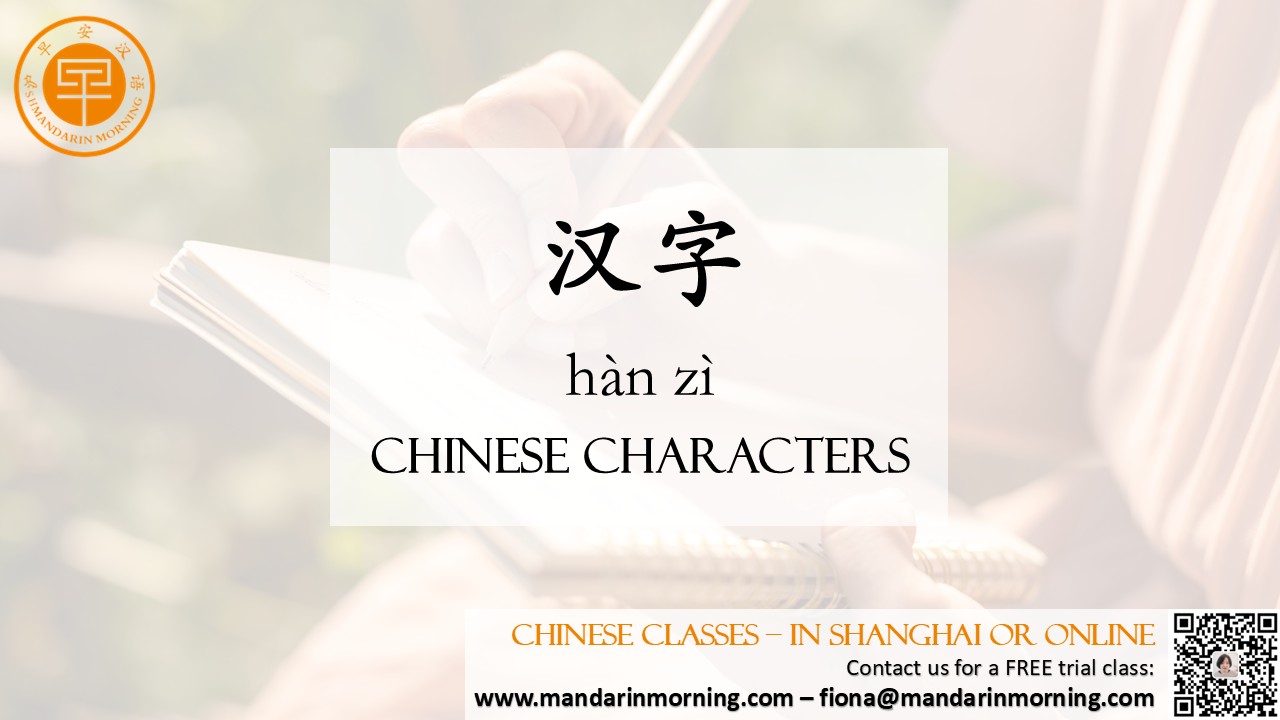| To many newcomers, written Chinese can look like a beautiful but mysterious collection of intricate drawings. Where do you even begin? The secret is that Chinese characters, or 汉字 (Hànzì), are not just random scribbles; they are a logical system built from building blocks. Let's demystify how these characters work!  It’s Not an Alphabet: The Concept of Radicals First, forget the idea of an alphabet. Chinese is written with characters, each representing a syllable and a meaning. The most important building blocks are 部首 (bùshǒu), or "radicals." Think of radicals as the fundamental components that give you a clue about a character's meaning or pronunciation. For example, the radical 氵 is a variant of 水 (shuǐ), meaning water. You'll find it in characters like: 河 (hé) - river 湖 (hú) - lake 洗 (xǐ) - to wash Seeing the water radical 氵 immediately tells you the character's meaning is related to water. The Magic of Combination: Meaning and Sound A huge majority of Chinese characters are 形声字 (xíngshēngzì) – pictophonetic characters. This is a fancy term for a simple and brilliant idea: one part of the character suggests the meaning (the radical), and another part suggests the sound. Let's look at 妈 (mā), which means "mother." It is made of two parts: 女 (nǚ) - The radical for "woman." This gives you the meaning. 马 (mǎ) - The character for "horse," which is pronounced mǎ. This gives you a hint about the sound. So, 女 (nǚ) + 马 (mǎ) = 妈 (mā) (mother). The woman radical tells you it's a female, and the "horse" component suggests it sounds similar to mǎ. This pattern is everywhere! From Pictures to Characters: Pictograms Some of the most basic characters are 象形字 (xiàngxíngzì), or pictograms, which started as simple drawings of objects. Over thousands of years, they have stylized into the characters we use today. 山 (shān) - mountain (It looks like a range of peaks!) 人 (rén) - person (Resembles a person walking.) 木 (mù) - tree (Can you see the trunk and branches?) Learning characters may seem daunting, but by understanding radicals and the logic of combination, you move from memorizing thousands of random shapes to recognizing patterns and families of words. It becomes a fascinating puzzle. Every character you learn is a step into a rich, 3,000-year-old history. So pick up a pen, practice your first 汉字 (Hànzì), and unlock the door to a truly magnificent language. |